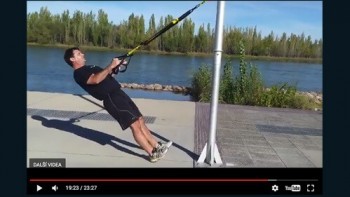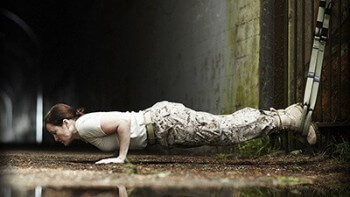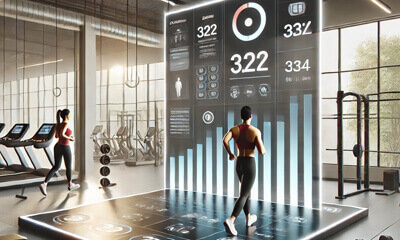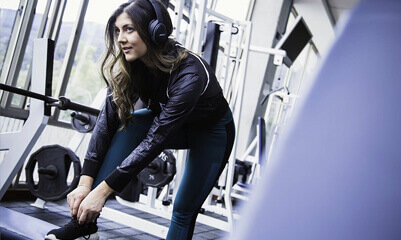The topic „functional training “has been popular recently. But it does not mean if somebody „hang you” on TRX and you will automatically exercise functional training.
What does functional training mean?
In comparison with typical gym-exercising on “machines”, in functional training we want to prepare body for movements which we do in everyday life.
- So that we do not hurt our back when lifting heavy bags in the shop
- So that we can go up the stairs without pain in knees
- So that we can push the car etc.
And frankly, is your training functional?
How many movements do we do when exercising on machines?
Two! We either push or pull.

photo: Lukas Dubina > Functional training in everyday life
Let us get back to the car – when we want to push the car, nobody comes to a car and pushes with hands forward (bench press). We use all the body to move the car. From the toe to the thumb.
Planes of motion
We have three basic planes of motion. In correctly set functional training, we should exercise all of them. There is no condition to do them at the same time.
Anyway, during the training we should not omit any.
Below is the brief explanation of each of them:
- 1. Sagittal plane
- 2. Coronal plane
- 3. Transverse plane
1. Sagittal (lateral) plane
The most used plane of motion.
Movement of upper limbs or legs to the front, back, up and down without the movement of the spine – isolated exercises. In a typical gym, this is a plane where we exercise 90% of machines.


2. Coronal (frontal) plane
Only on a few machines, there is possibility to work out in this plane. The movements typical for frontal plane contain movement of the spine into sides, or leaning of the body to the side. It does not mean to take a dumbbell and lean in front of the mirror.
3. Transverse (axial) plane
This is the plane which is mostly forgotten.
The truth is, it is very often used in everyday life – axial plane. In real life it is a movement by which upper part of the body or legs have to do rotating movement out of its axis.

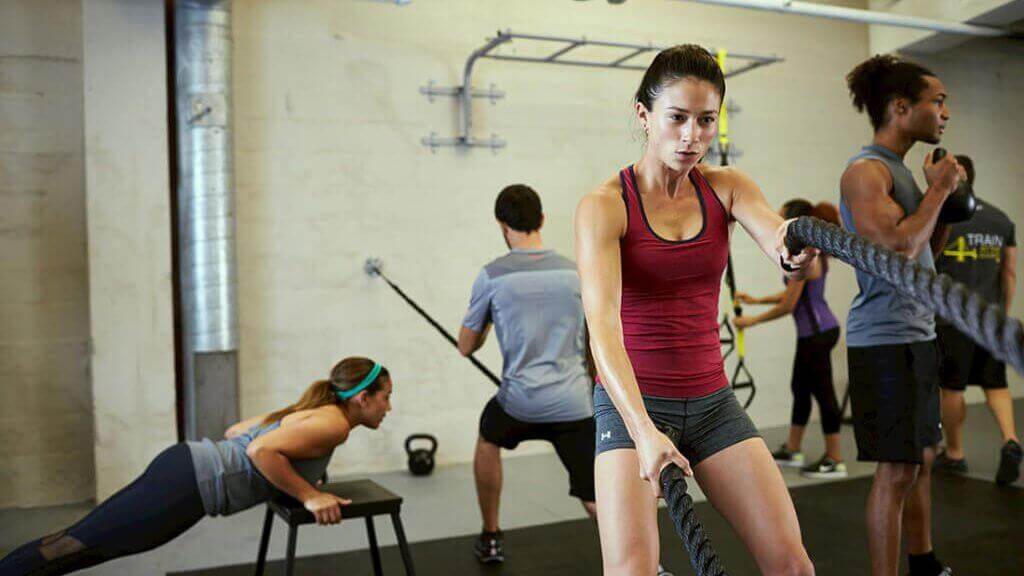
What are Core Exercises Good for?
Your CORE is essentially all the muscles in the trunk of your body. How to work out your Core? What is the best Core exercise? Here are the reasons why it’s Important to work your entire Core.
Anatomical Planes & Axes Explained
Functional exercises:
Functional Training Workouts
Every functional training should contain 8 basic movements applied into all 3 planes of motion. Below is a list of movements which may serve as basic instructions by functional training system for yourself but also your clients.

photo: ESCAPE fitness > Functional integrated training
The order of functional training exercises may vary according to context. TRX Training defines functional training in other order (we will deal with this topic in the next articles.)
- 1. Squat – pressure exercise concentrated only to legs.
- 2. Lift – or straightening. As an example we may have straightening of the body from bending forward (deadlift)
- 3. Pull – it relates only to the movement of the arms. It contains all the movements which we do when we pull in the direction to the body.
- 4. Press – again thought as the pressure of the arms. The most often done exercises in the training are the push-up or pressure over the head.
- 5. Rotate – any rotating movement where upper part of the body or legs rotate.
- 6. Smash – the condition of the smash is joining all the arms (the movement must come from the arm) and abdominal muscles when doing the movement. As an example we may have a throw in soccer.
- 7. Carrying – moving of some burden from one place to another.
- 8. Locomotion – any locomotion movement without burden. From walking, jogging and other various types of crawling.
The more movements you join, the more complexly you will exercise your body.
The goal of functional training exercises is prevention of injury in a normal life and toning of deep stabilization system. We will have a look at unilateral exercises and example of simple functional training next time
So once more, frankly…. Is your training really functional?





